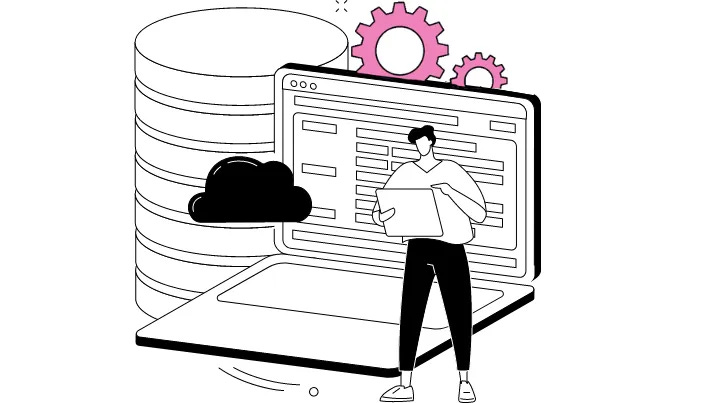🔥Enough to be Dangerous
Talk tech, don’t code it, so you can talk about all kinds of other stuff.
The Technical Underbelly
A high-level deep dive into a web, SaaS, or cloud concept
Computers
You think you know, but you have no idea
What is a computer?
Computers are machines that take inputs of data, store and process that data, and return outputs of data.
Computers compute - they calculate numbers and do arithmetic in order to execute tasks. No matter how fancy a computer looks, inside it’s doing math on 0s and 1s all day.
What kinds of computers are there?
There are many kinds of computers out there that are designed for different workloads, ie, various kinds of computing tasks. Workloads include anything from sending an email to compiling code to running a database or software application.
This ensuing overview of computers is by no means exhaustive or set in stone, but should highlight the function and variety of computers out there in the world.
Personal computers
In the 2020s when we think “computer,” we likely free associate it with a personal computer (PC), which are computers designed for everyday human use. PCs run an operating system like Windows or MacOS and run software applications like web browsers and games.
Modern smartphones operate much like PCs, albeit at a miniature scale.
“Computing computers”
But most computers are not PC-like in the slightest. They’re descended from traditional computing machines for pure computing or numbers crunching, and not designed for ease of use.
These I unpretentiously refer to as “computing computers”, and they are built to do this unencumbered all the time - compute, i.e. take inputs, store, process, and return outputs of data.
“Computing computers” include the tiny embedded systems inside everyday electronics like ATMs and coffeemakers, the large mainframes that do hardcore transactional data processing in industries like retail and financial services, and the supercomputers doing big-time scientific simulations.
Servers
And then there are servers. Servers are a type of “computing computer” that are designed to provide services (file sharing, web hosting, data storage) to other computers on a network.
Compared to PCs, servers typically run more powerful operating systems and use specialized hardware to handle larger workloads and serve lots of requests from client computers. There are run-of-the-mill commodity servers and more specialized servers designed to provide specific services like databases or email.
CLIs over GUIs
“Computing computers” generally feature no graphical user interface and are instead configured and communicated with programmatically via the command line interface. The people who communicate with computers like servers and mainframes include the IT systems administrators who configure them and the developers who deploy software on top of them.
“Computing computers” are designed to serve a very functional computational purpose.
SaaS Savvy Pilot Program
I’ll be announcing my SaaS Savvy pilot program soon!
Fill out this form to receive updates about the pilot: https://forms.gle/6ygTYFaqMFwnXKn26
In Case You Missed It
Last week’s Shortlisted: The Case Against Google
That’s all for now. Thanks for reading!
Up next week, it’s Stay Savvy - curated links and commentary at the intersection of tech, business, and culture.
Alice Egan, Founder & Educator, SaaS Savvy.
I teach B2B SaaS salespeople the technical SaaS + cloud concepts they need to sell SaaS smarter + talk tech with confidence. Learn about my online course.





